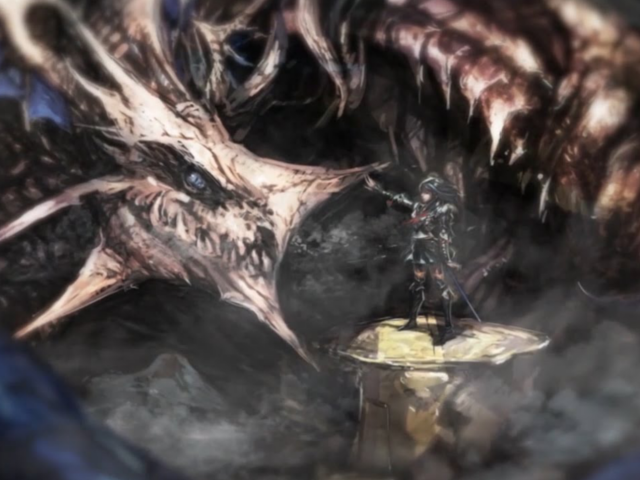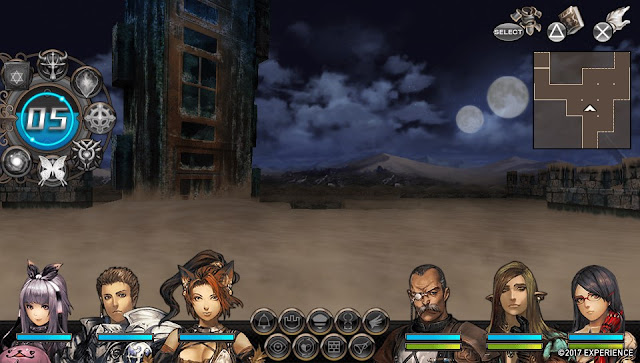– Clark A.
Anime Editor
Latest Articles
It’s that time of year again! We’re counting down the days to Christmas with our own…
It’s that time of year again! We’re counting down the days to Christmas with our own…
It’s that time of year again! We’re counting down the days to Christmas with our own…
Grizzly Man is the fourth title in LCB Game Studio’s Pixel Pulps series, beginning a second…
It’s that time of year again! We’re counting down the days to Christmas with our own…











